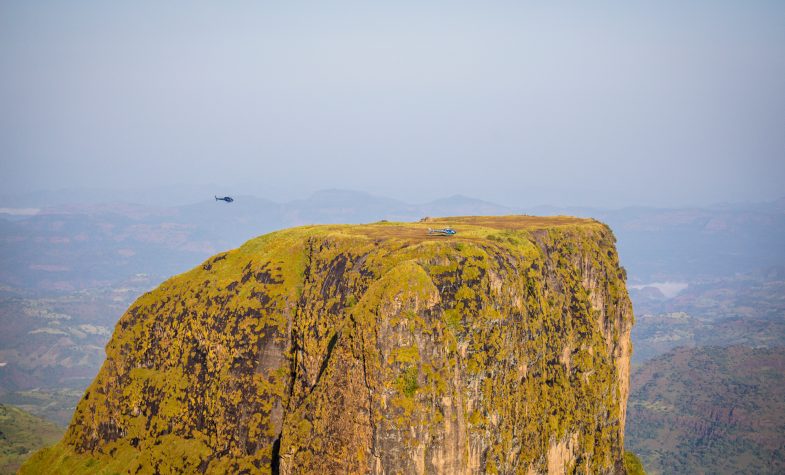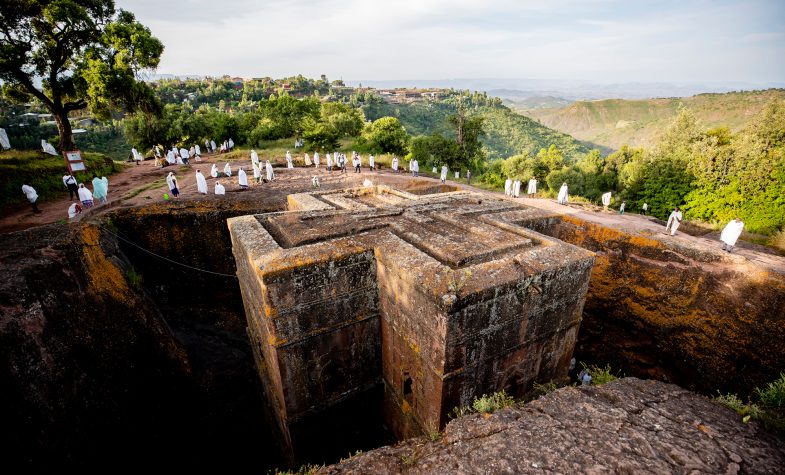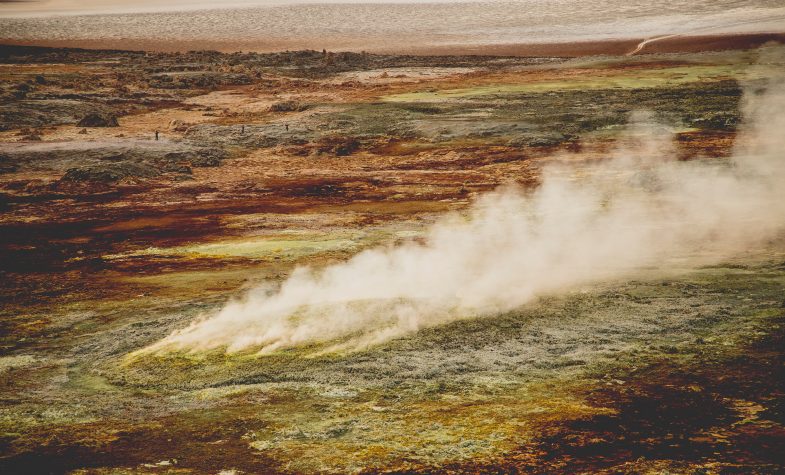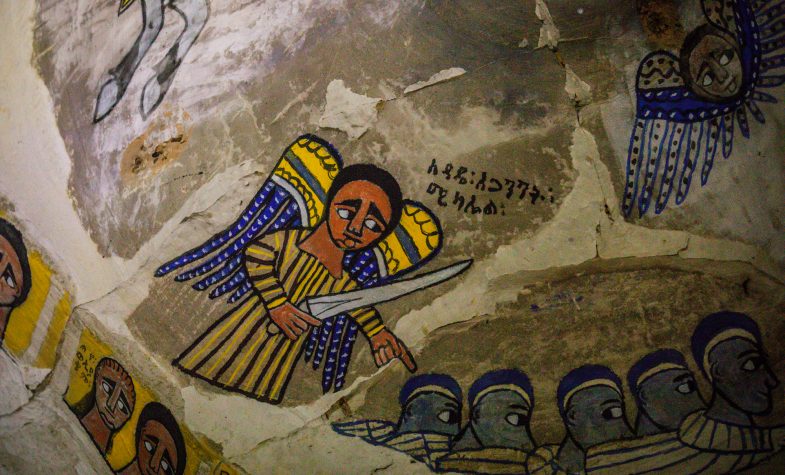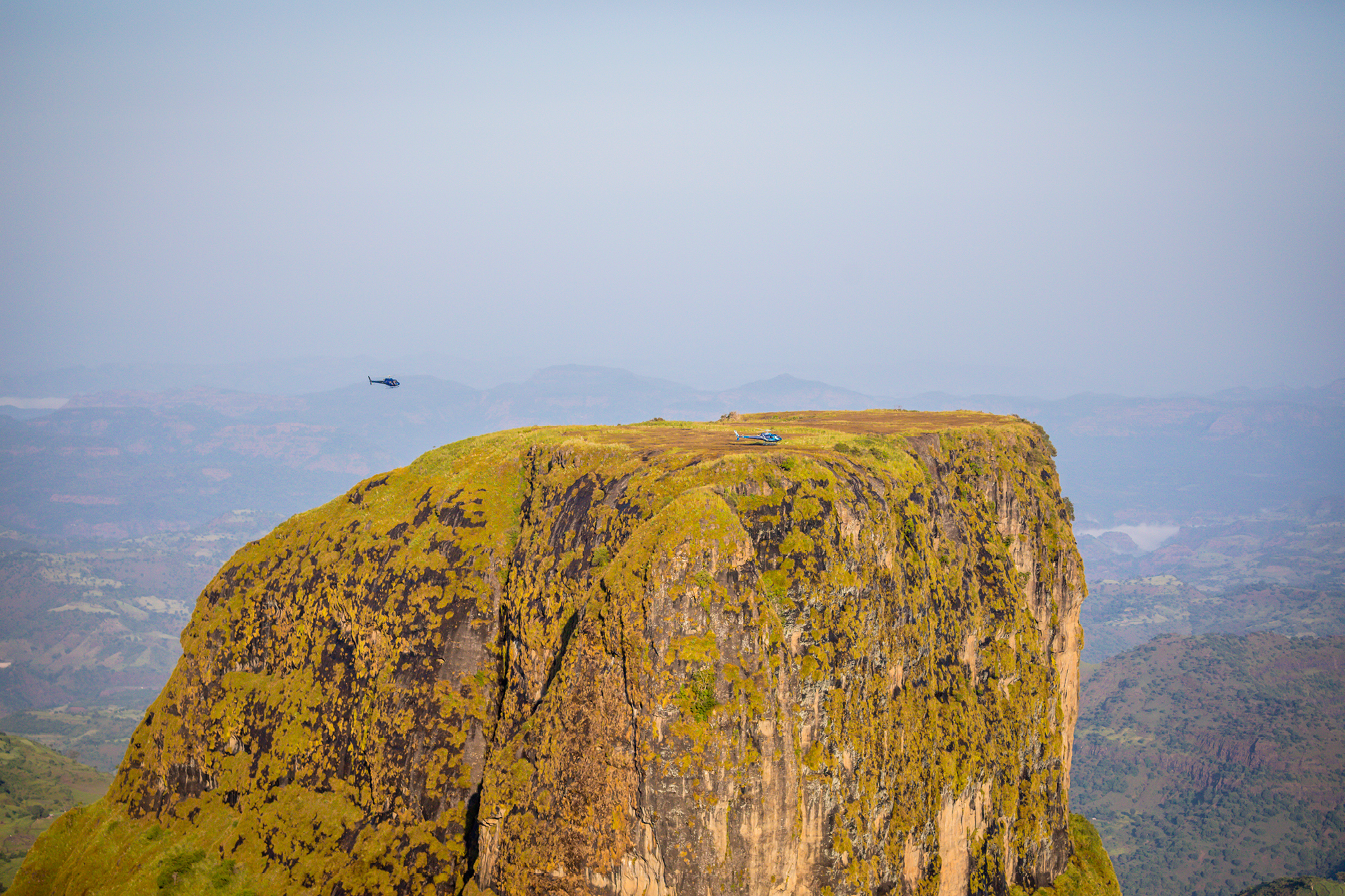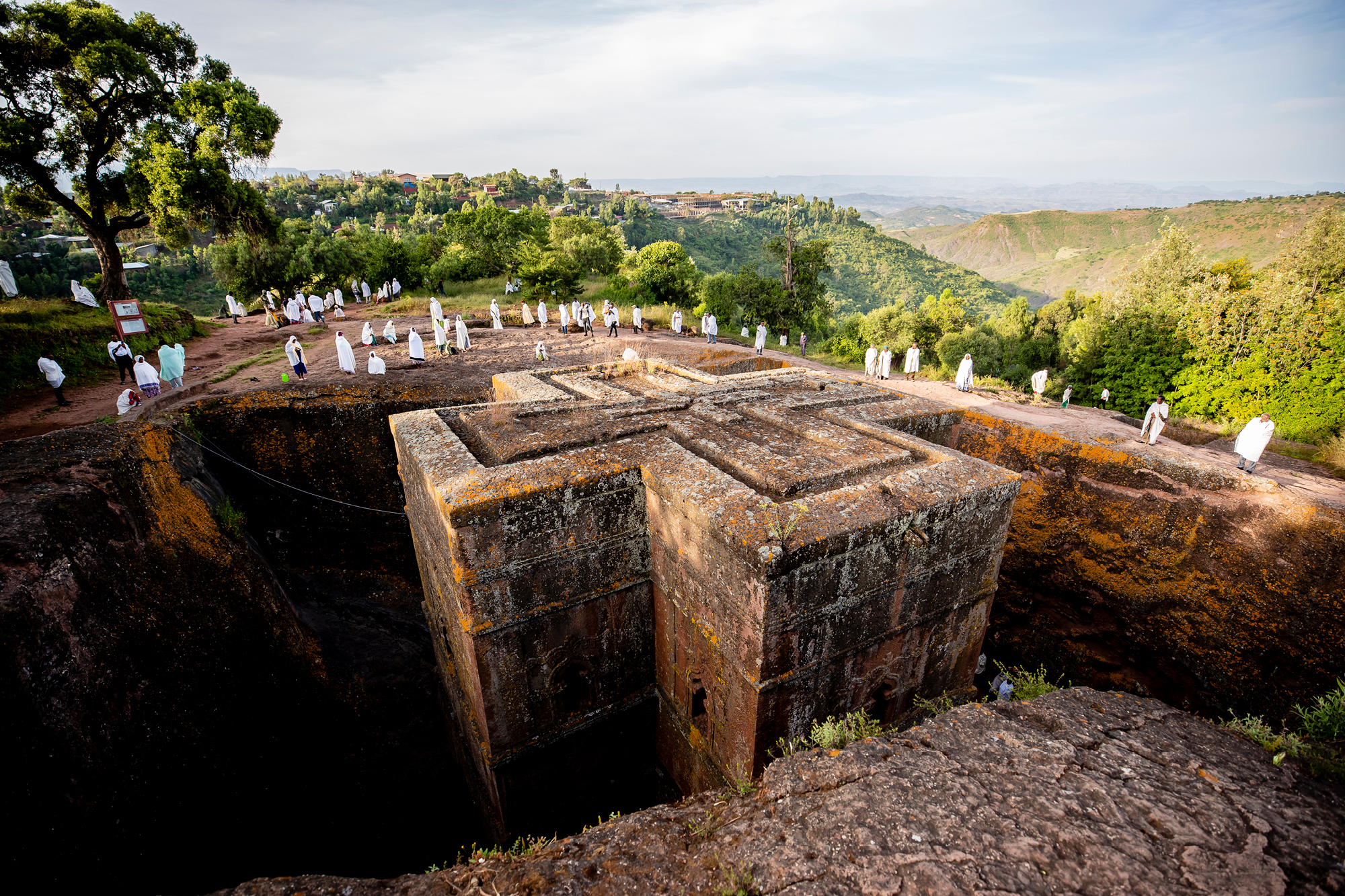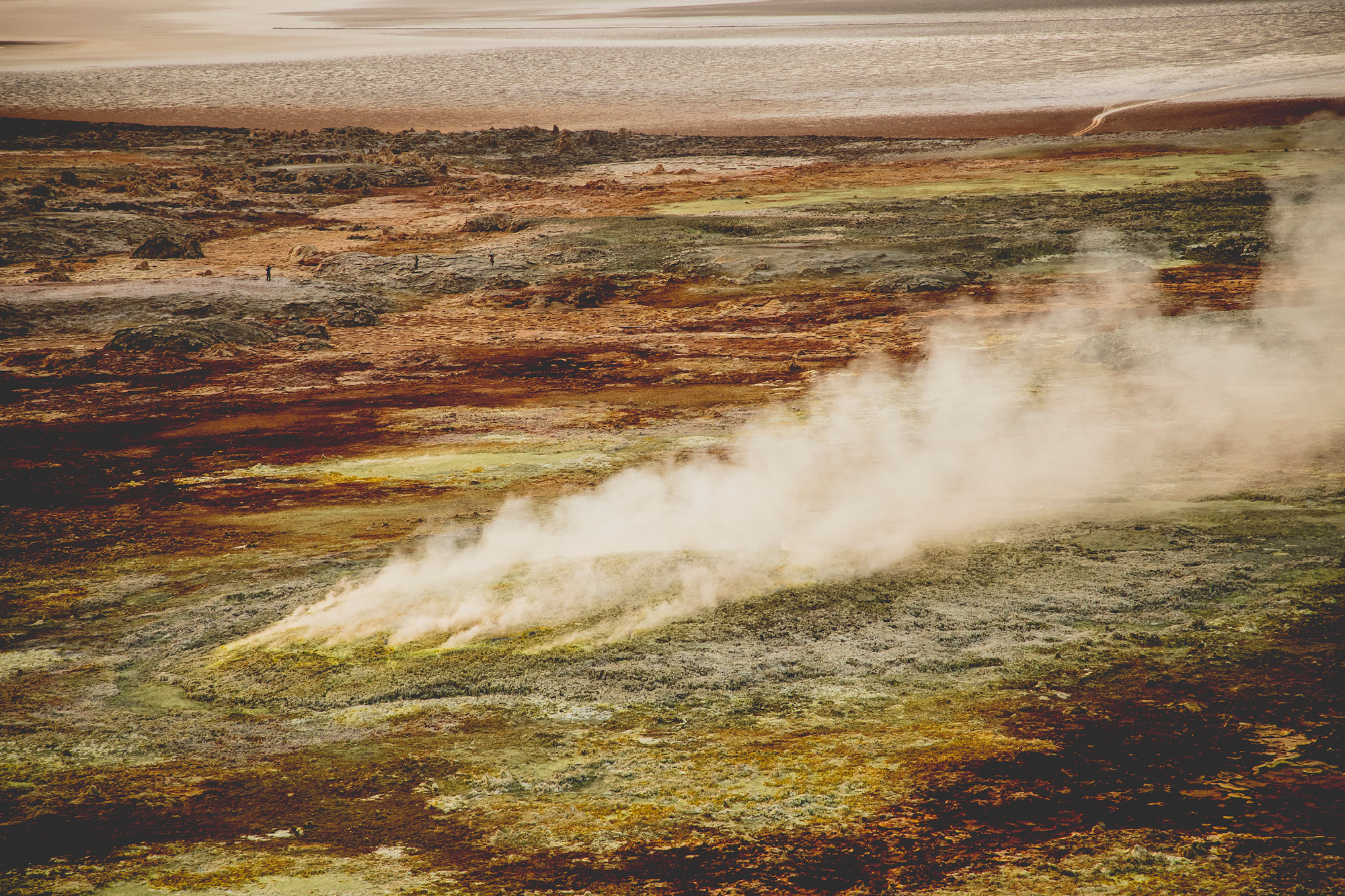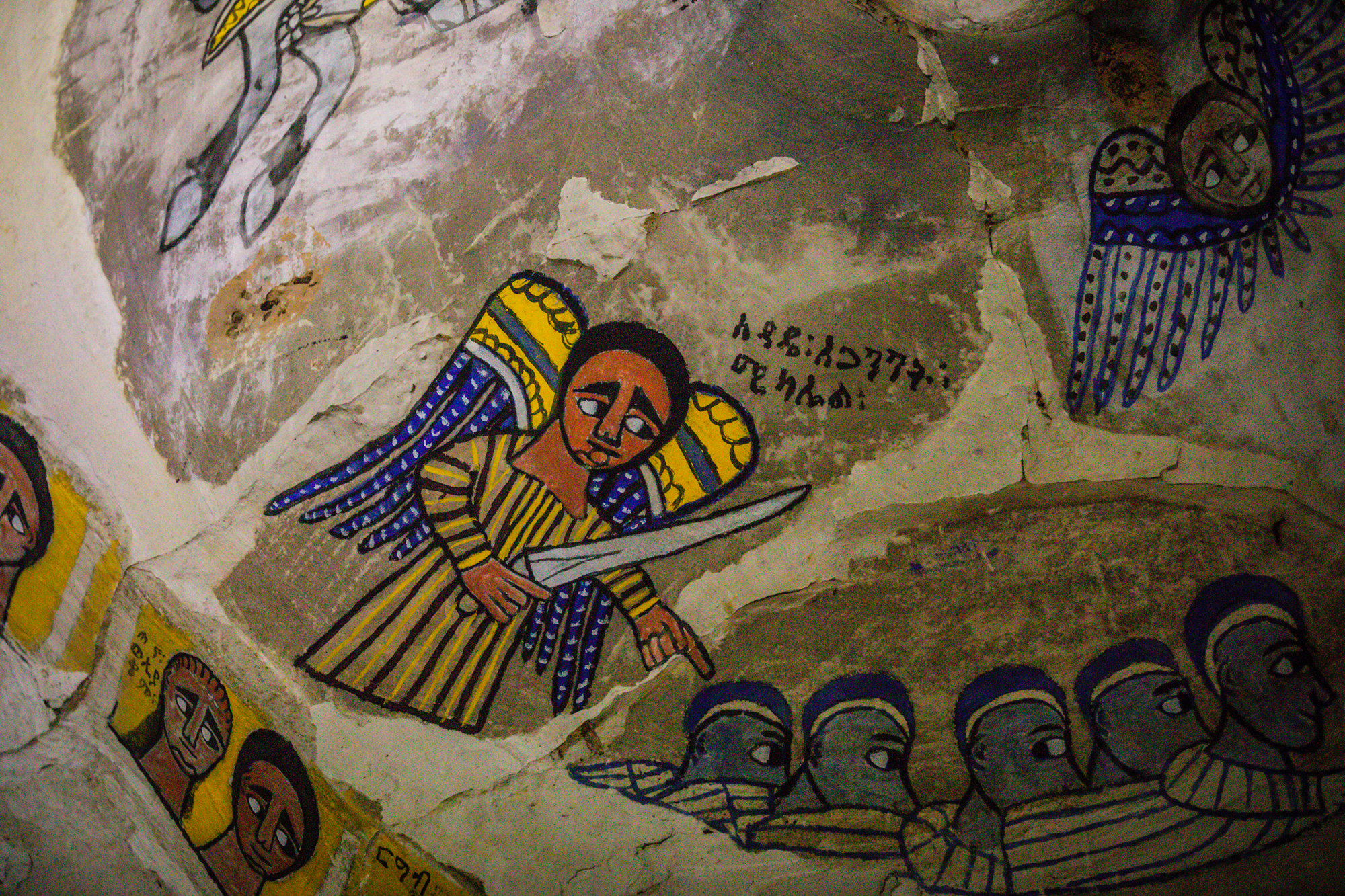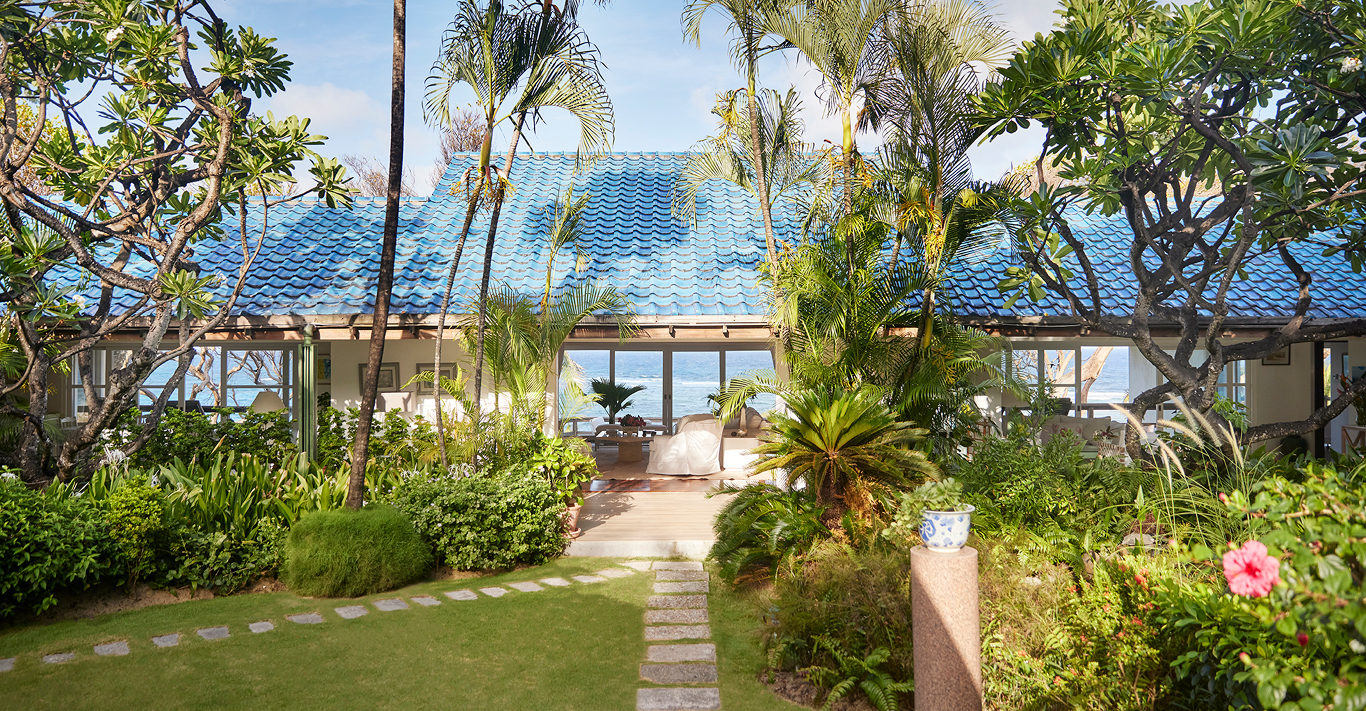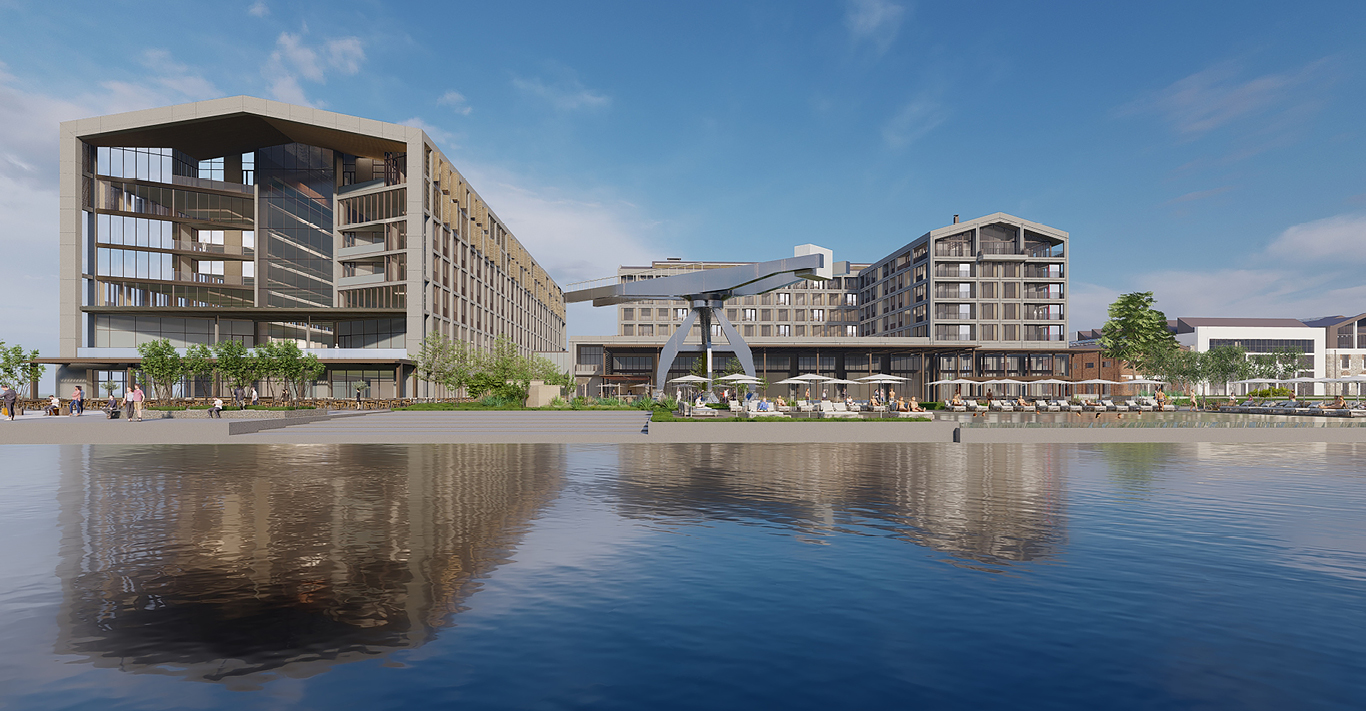WORDS
Geoffrey Kent
In our over-travelled world, how can intrepid tourists find that elusive sense of freedom that comes from exploring off-limits places? This tricky question is one that preoccupies me, and I’ve come to realise that it’s easily answered when you travel by helicopter.
Helicopters open up remote and beautiful places in less-visited countries. Ethiopia, for example, offers a spectacular adventure. However, due to a lack of infrastructure, it’s relatively inaccessible – some of its most interesting places are too arduous to reach for most undertaking a conventional holiday. At Abercrombie & Kent, our Inspiring Expeditions could never be billed as conventional; recently, my wife Otavia and I hosted six guests – all seeking a higher perspective – on an Ethiopian adventure by helicopter.
Epic in legend, this incredibly diverse country offers travellers a rich heritage along with a vibrant tradition of worship. Our first stop after Addis Ababa, the country’s charming, thin-aired capital, is Lalibela – famed for its rock-hewn churches. Carved in four or five phases from the seventh to the 13th century from the ground down, the 11 churches of this ‘New Jerusalem’ are among the finest of the country’s nearly 200 churches carved into the rock. Bet Medhane Alem is the largest. At this church, we receive a memorable private blessing. Bet Maryam, which is linked by a tunnel to Bet Medhane Alem, retains vividly coloured scenes painted on the walls, ceilings and columns. The complex’s masterpiece is elegant Bet Giyorgis, in which we attend a special Sunday Mass.
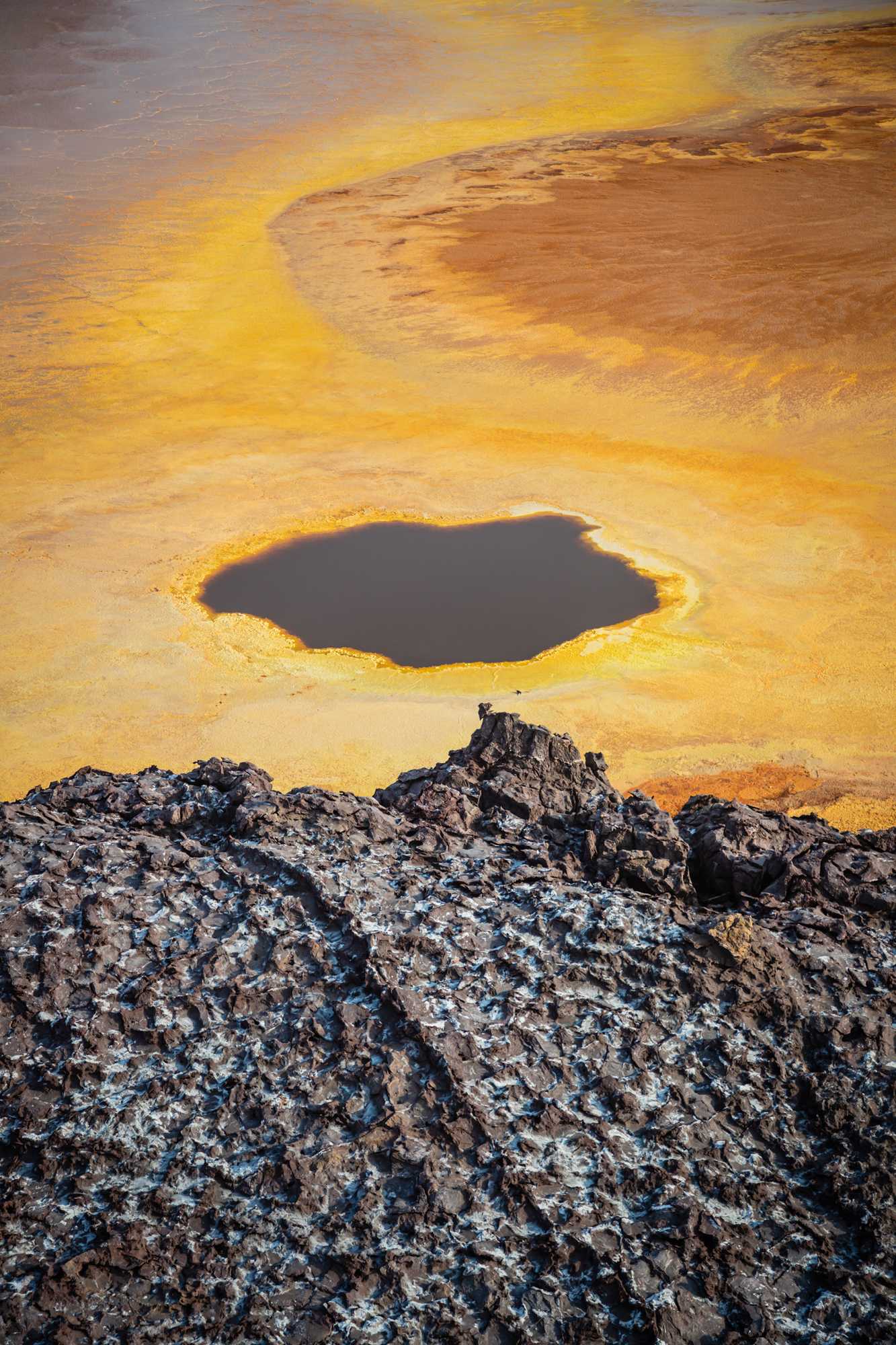
From Lalibela, we fly northwards in our fleet of choppers to lush Tigray. The country’s name might conjure images of the parched earth, but in fact, it’s a spectacular landscape that must be seen from above. Verdant Tigray, with its remarkable rock formations, is the northernmost of the nine regions of Ethiopia and it’s here that we discover the region’s cliff-hewn churches. In the grand Gheralta Mountains, there are ancient places of Christian worship famed for their inaccessibility. Of all these hidden-away chapels, Abuna Yemata Guh is the most awe-inspiring. Reaching this ‘closer-to-god’ church requires a vertigo-defying climb, but the 13th-century frescoes inside are the very best in Ethiopia, in my opinion.
According to Ethiopian tradition, Christianity first arrived in the country when a Greek-speaking missionary converted King Ezana. A charming tale, but there is stronger evidence that the burgeoning religion arrived via the trade network controlled by the vast Empire of Aksum. This powerful kingdom, which was centred in the Ethiopian highlands, dominated East Africa and parts of Arabia from about 80 BC to 825 AD. Its capital, also called Aksum, still exists and we tour its famed stelae – impressive granite obelisks dating to the fourth century AD as tomb markers or maybe monuments.
In addition to its cultural and religious spectacles, the country’s natural wonders – from the landscapes of the north and the tribal cultures of the south – are still mostly unexplored by faranjis (foreigners).
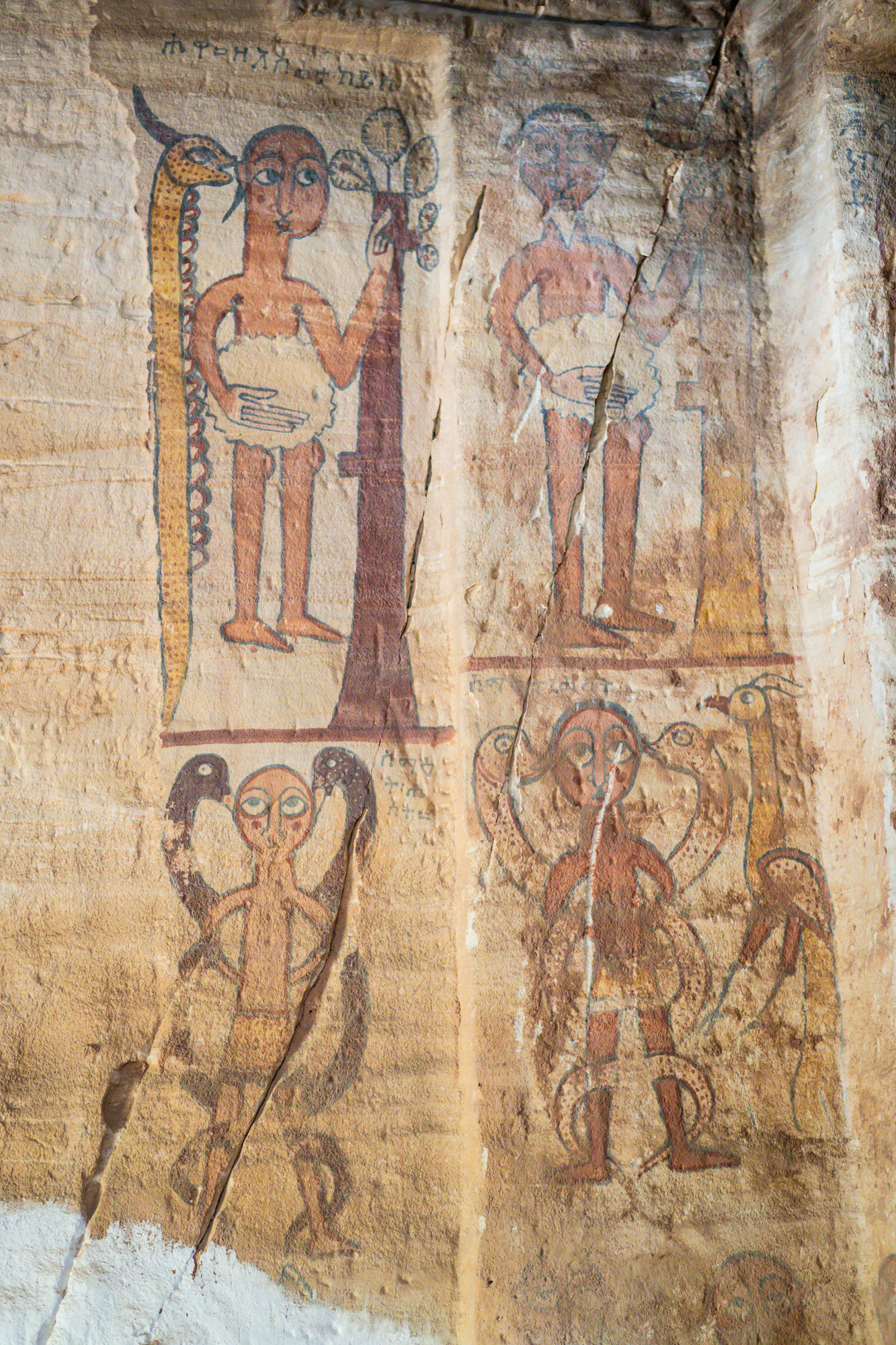
Its lowest point, the Danakil Depression, lies near the border with Eritrea in the northern part of the Afar Triangle. We swoop over before landing in the otherworldly landscape – the hottest place on Earth – where three tectonic plates diverge. Filled with sulphur springs, volcanoes, expansive salt pans and mineral-laden lakes, it’s an unbelievable terrain where you feel geography is actually happening. It’s also unbelievably hot, so we enjoy a refreshing swim. The spectacular Simien Mountains contain fathomless valleys and sharp peaks as well as Ethiopia’s highest point, Ras Dashen. They are also home to some rare animals, including the Earth’s only grass-eating monkeys. The ‘bleeding-heart’ gelada monkey survives here in this protected high-altitude savannah, but its now-extinct relatives used to span from South Africa to Spain and into India. It’s a unique experience, and my group loves being surrounded by these unusual mammals, which use their opposable thumbs to pluck grass and herbs to eat.
The Omo Valley in the southwestern corner of the country is home to seven imperilled tribes, who coexist in a fragile state of peace. These communities live nearby, but all speak different languages and practise different cultures. The Mursi decorate themselves with large lip plates. Known for their body decoration and bull jumping, the Hamar are proud pastoralists. Masters of body painting, the Kara are recognisable by this and by their elaborate body scarification. The Nyangatom are fierce fighters, famed for their singing and storytelling. We meet them all.
A visit to the Omo Valley allows us to see an ancient way of life that is at the very end of its survival cycle. These are marginalised people upon whom the modern world is infringing massively. To say it’s an untouched area is not true, but it does afford you a glimpse into what Africa was like not that long ago. It is an Africa under pressure, and it’s an Africa that will not last for very much longer. It’s colourful, intriguing, wildly beautiful, and best visited by helicopter.


